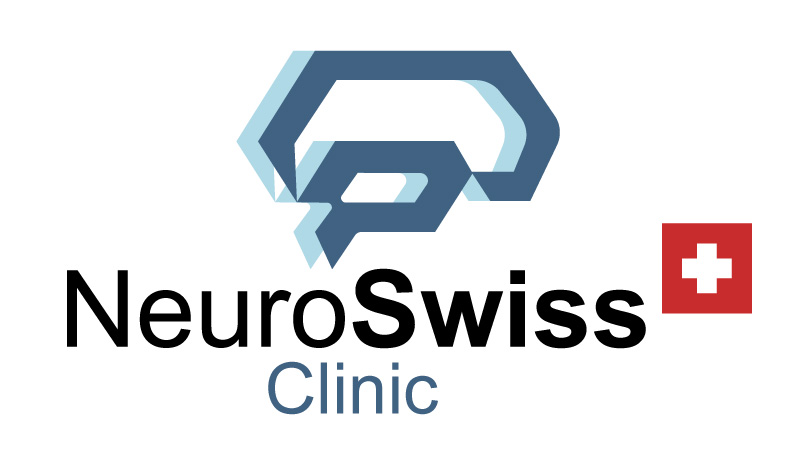MCI (Mild Cognitive Impairment). Normal, Dementia, Alzheimer’s.
Determines the biological age of the brain in children and adults:
- Estimates the level of maturation or aging relative to age norms.
The iSyncBrain/iMediSync platform uses AI algorithms to analyze QEEG maps and estimate the risk/presence of cognitive disorders. - In reports, MCI appears as a predictive/diagnostic category alongside other scores (e.g., Alzheimer’s, depression, ADHD).
- The software does not issue a medical diagnosis; it provides objective screening based on machine-learning models and normative comparisons.
What it means for children
- The software compares QEEG maps to a large normative pediatric database.
- “Brain biological age” shows whether neural development matches chronological age or is delayed/advanced.
- Example: a 10-year-old with a brain age of 8 → slower maturation (attention/executive/working-memory delays).
- A 10-year-old with brain age 12 → accelerated maturation (may appear in gifted children, but also with overload or stress).
Clinical utility:
- Children: identifies delayed/accelerated neurocognitive development → screening for ADHD, learning disorders, anxiety.
Monitoring during interventions (neurofeedback, PBM, educational programs) → if brain age “approaches” chronological age, therapy is on the right path. - Prediction & prevention: a large gap between biological and chronological age may signal risk for cognitive/emotional problems.
- Adults: highlights brain aging; useful in cognitive-decline prevention and in monitoring interventions (QEEG, PBM, NF).
- Tracks evolution over time—before/during/after therapy—valuable for psychologists, psychotherapists and physicians.
Important:
This is not a final label; it’s an orientation index that supports evaluation and personalization.
